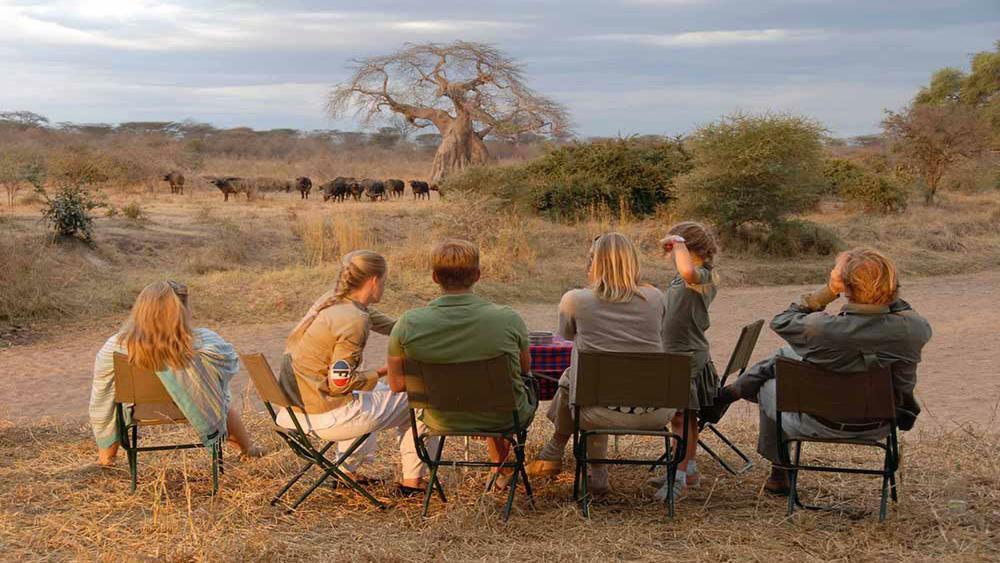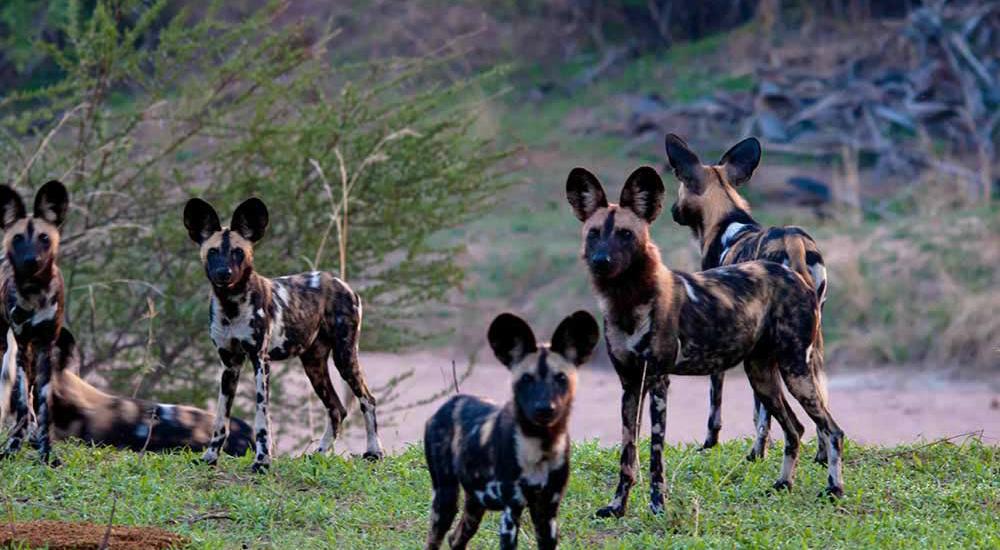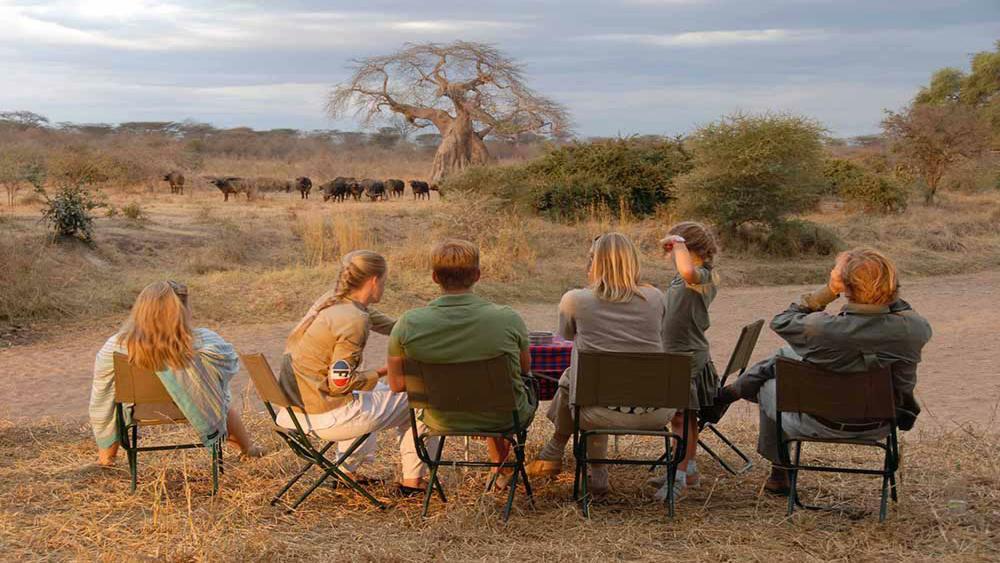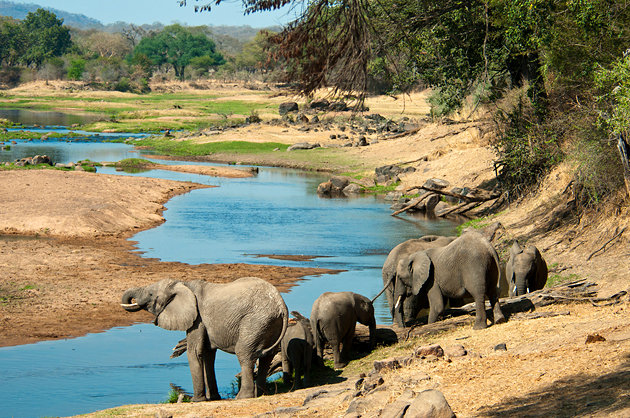Safari in Tanzania


Ruaha National Park is the largest national park in Tanzania. In 2008 the addition of the Usangu Game Reserve to Ruaha increased the size of the park to about 20,226 square kilometres (7,809 sq mi) [1] making it a candidate for one of the largest national parks in Africa. Nevertheless according to the Tanzania National Bureau of Statistics in June 2013 [2] the park is only about 13,000 square kilometres (5,000 sq mi), although this is probably an oversight. Ruaha is situated in central Tanzania between Latitudes 7° and 8° S and Longitudes 34° and 35° E about 130 kilometres (81 mi) west of Iringa. The park is part of a more extensive ecosystem, which includes Rungwa Game Reserve, Kizigo and Muhezi Game Reserves, Mbomipa WMA [3] and several other protected areas. The name of the park is derived from the Great Ruaha River, which flows along its south-eastern margin and is the focus for game-viewing. The park can be reached by car on a dirt road from Iringa and there are two airstrips – Msembe airstrip at Msembe (park headquarters), and Jongomeru

Airstrip, near the Jongomeru Ranger Post. The creation of a national park in this area was first proposed in 1949 by the senior game ranger in Mbeya, George Rushby. In 1951, it was gazetted by the British colonial authorities as an extension of the neighbouring Rungwa Game Reserve. People living in the new protected area were subsequently forced to move out. In 1964, it was excised from the game reserve and elevated to full park status. The most recent addition to the park was the former Usangu Wildlife Management Area in 2008, which was also preceded by evictions,[4] making Ruaha the largest national park in East Africa The Ruaha National Park is famous for its large population of elephants, with about 10,000 roaming the park. It is also frequented by birdwatchers, with 436 species having been identified of an estimated total of 475. Among the resident birds are different species of Hornbills, Kingfishers and Sunbirds. Also many migrants visit Ruaha, e.g. the White Stork Other special animals in Ruaha are the African Wild Dog and the Sable Antelope.

Rhinoceros were last been sighted in 1982 and most likely extinct in the park due to poaching. The best times to visit for predators and large mammals is the dry season (May–December) and for birds and flowers, the wet season (January–April). The park is currently facing a significant environmental challenge from the progressive drying up of the Great Ruaha River. The river used to flow all year round, but since 1993 there have been increasingly long periods every dry season in which it has dried up completely. Different hypotheses have been advanced to account for this, and one view is that it is caused by the expansion of irrigation schemes for rice cultivation and growth of livestock keeping in the Usangu wetland, which feeds the Great Ruaha River
